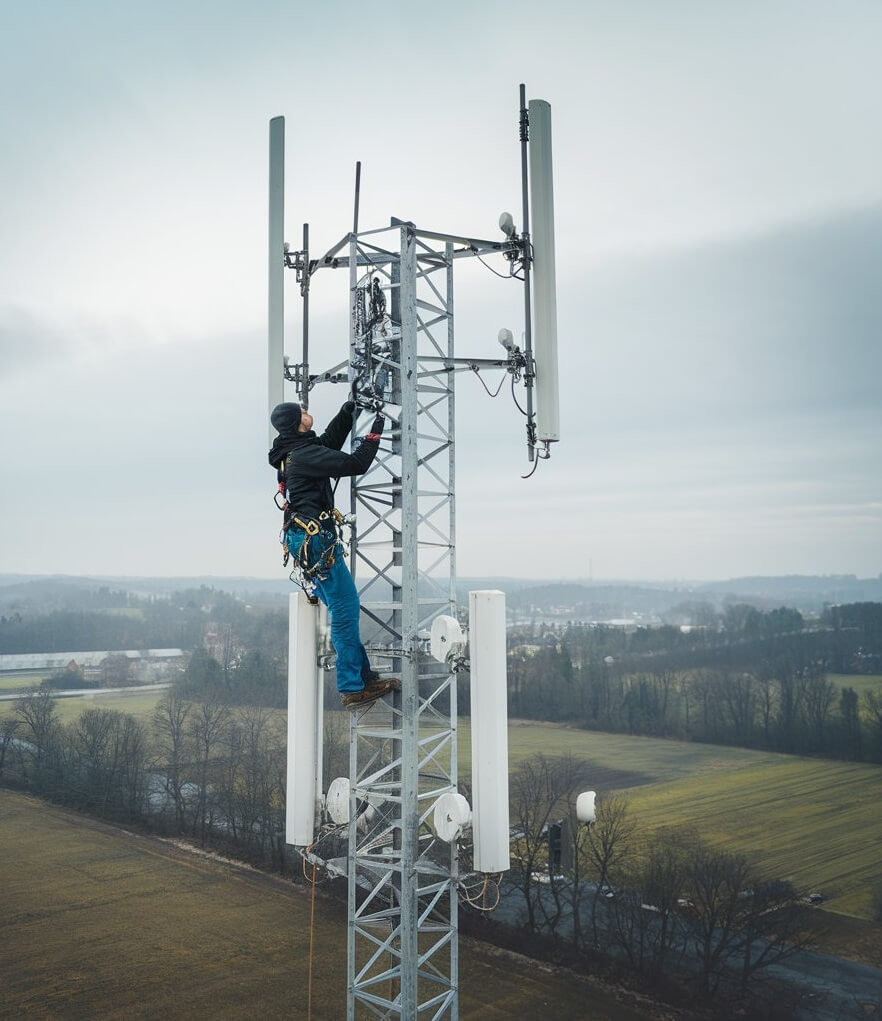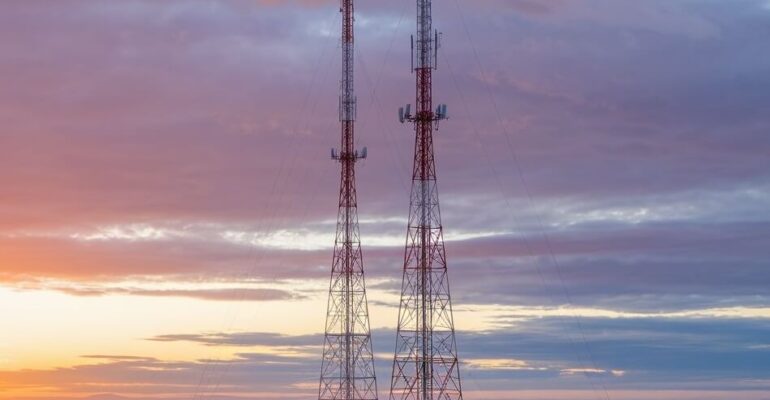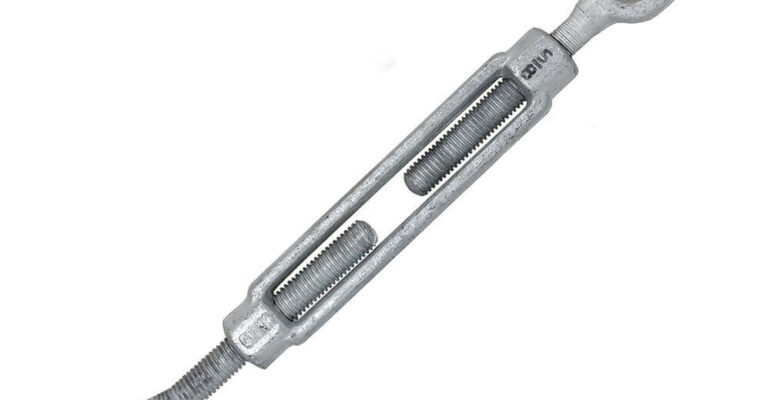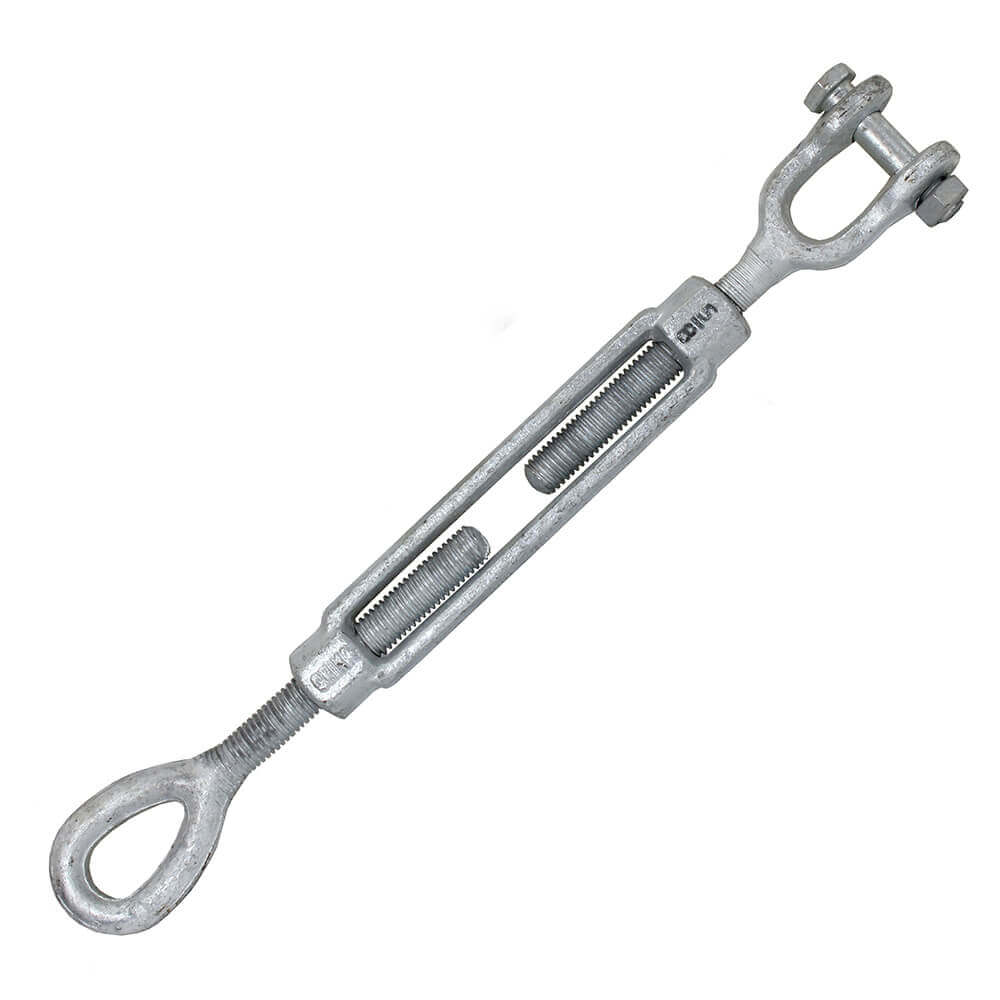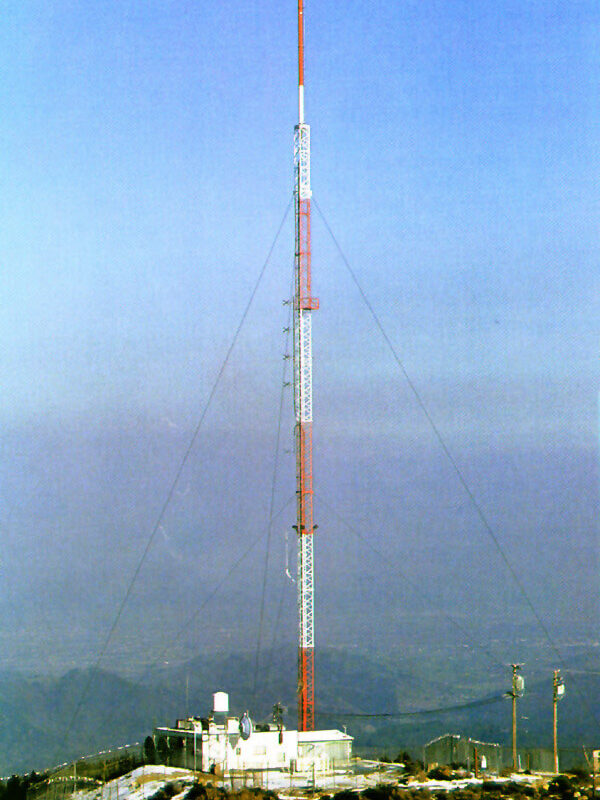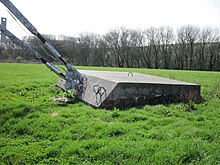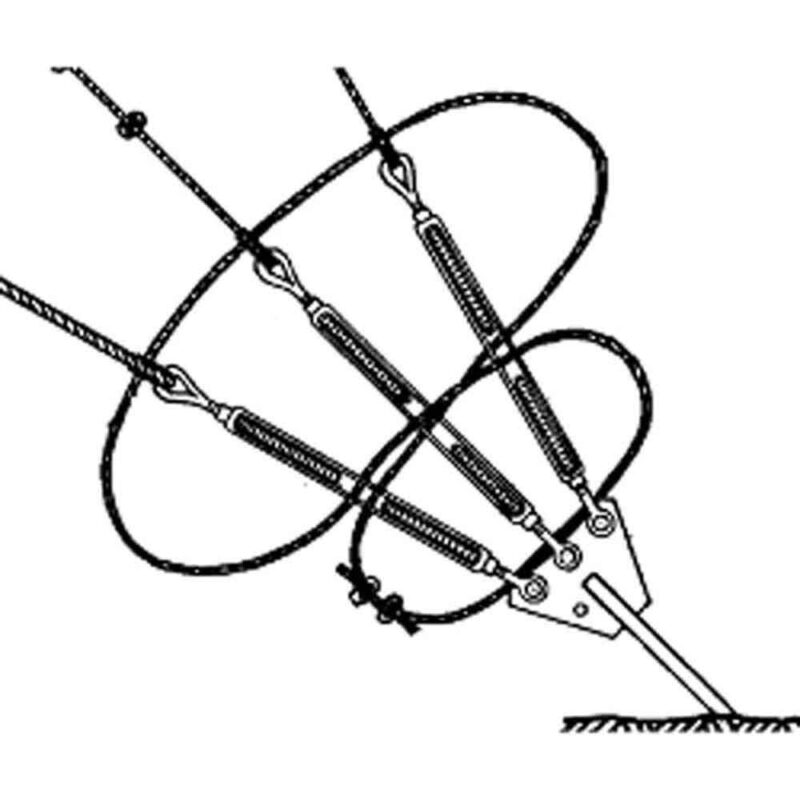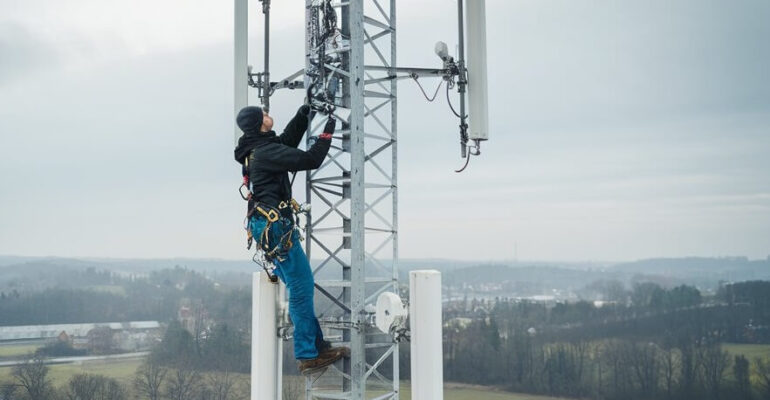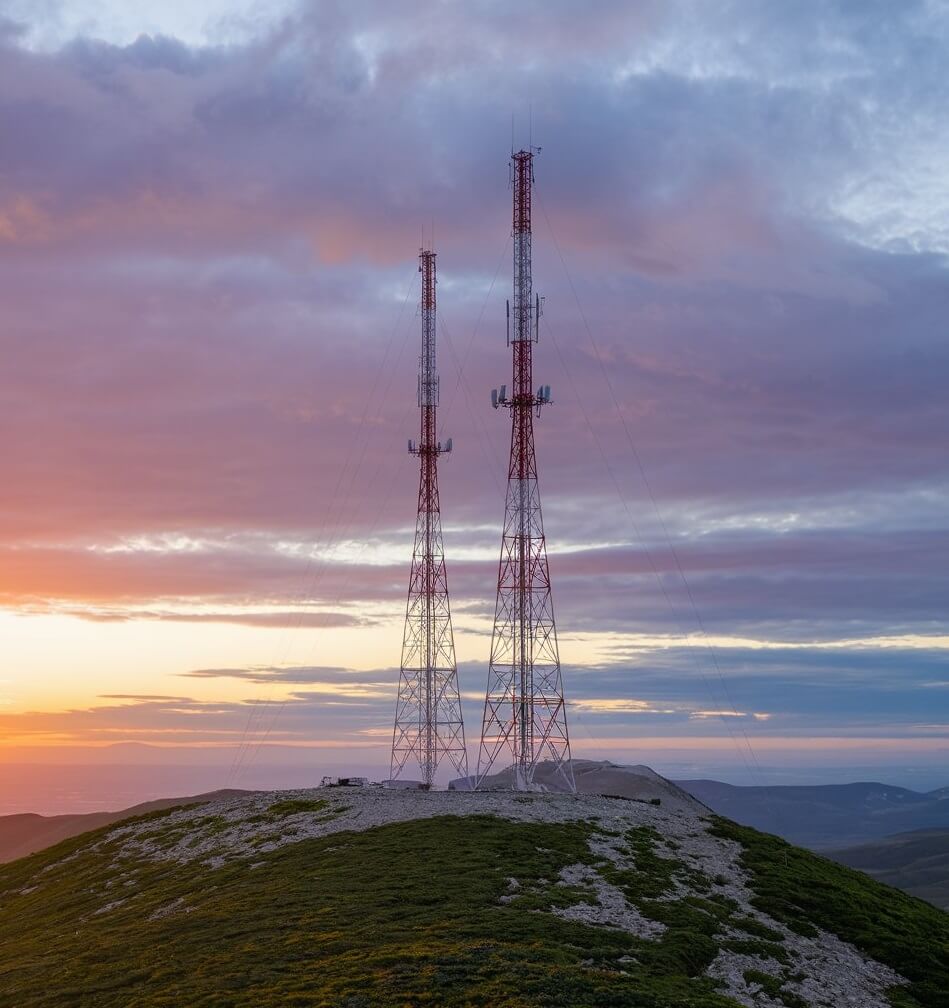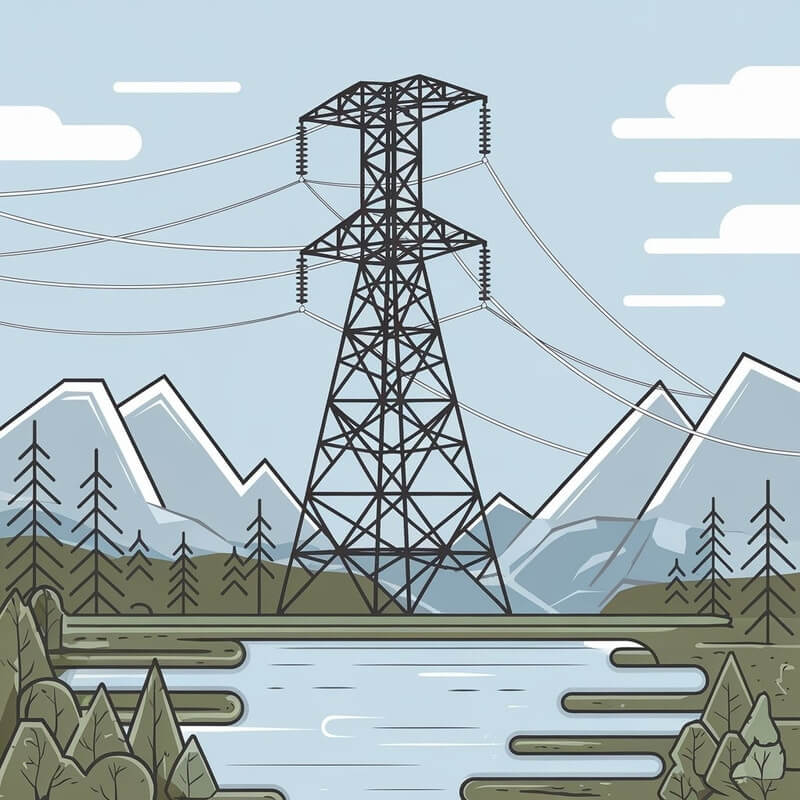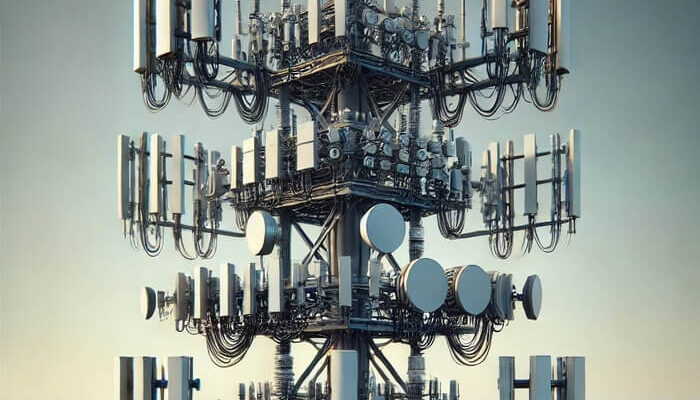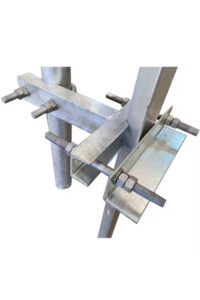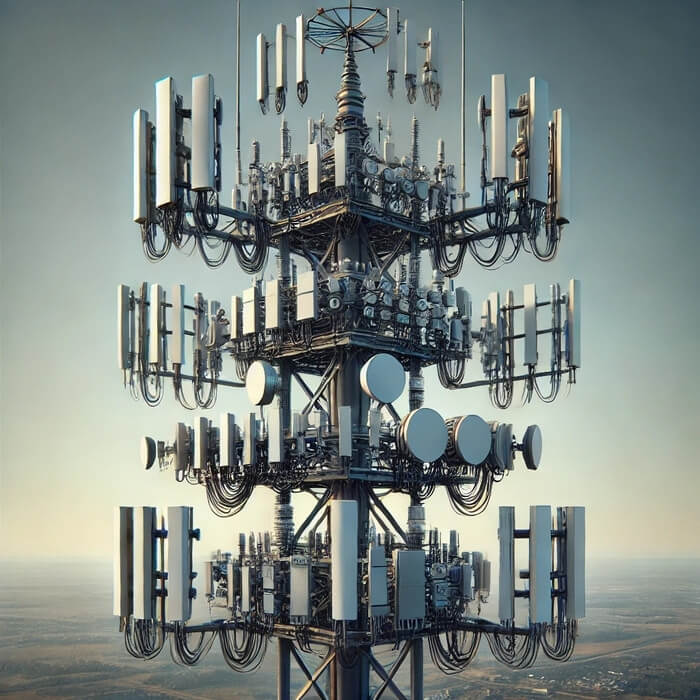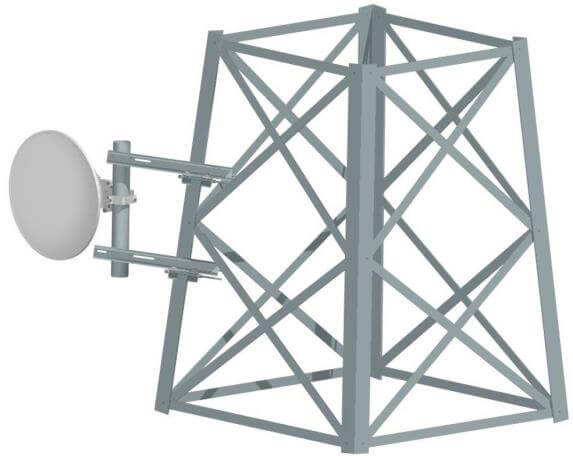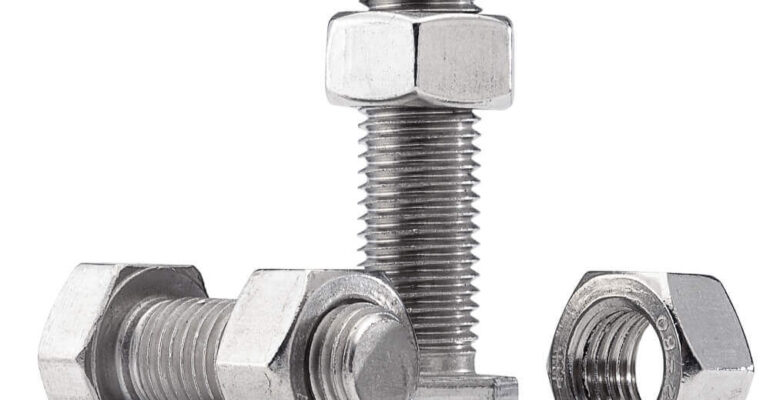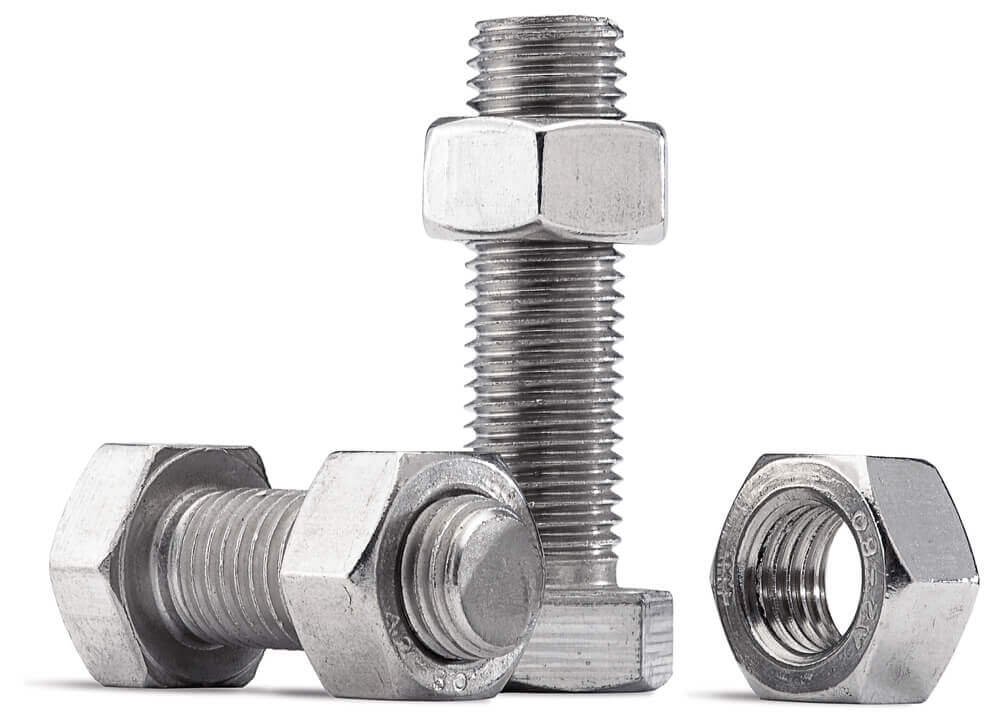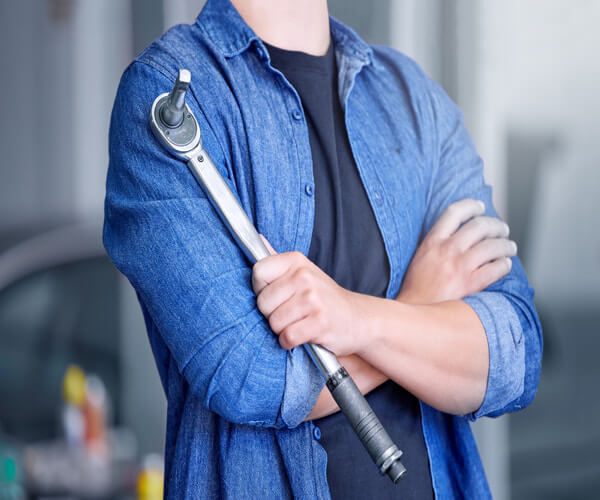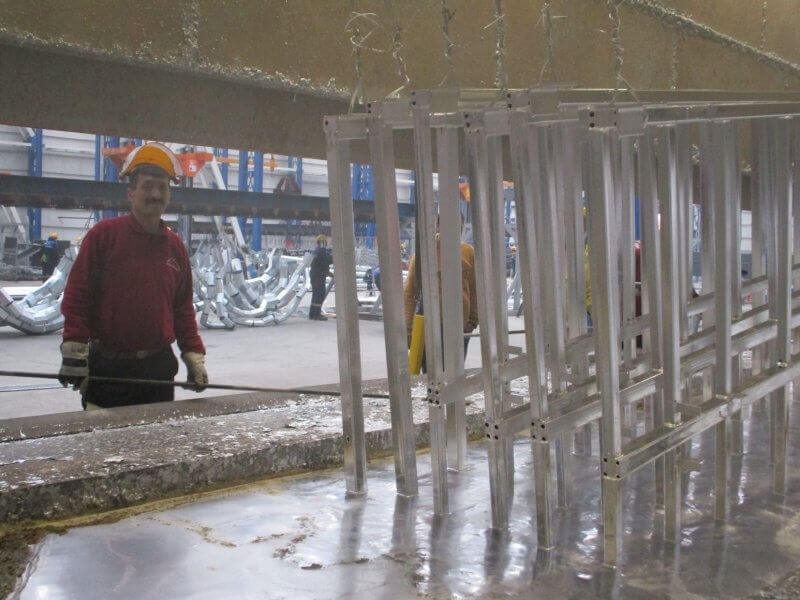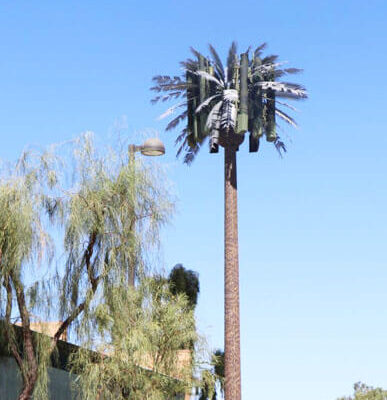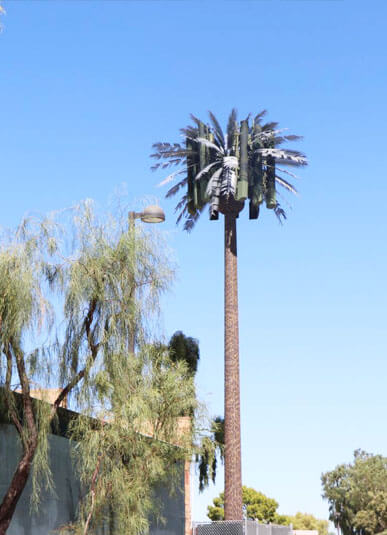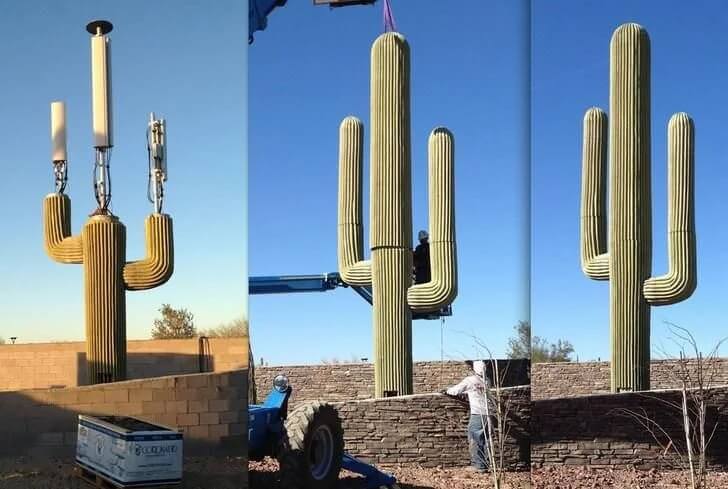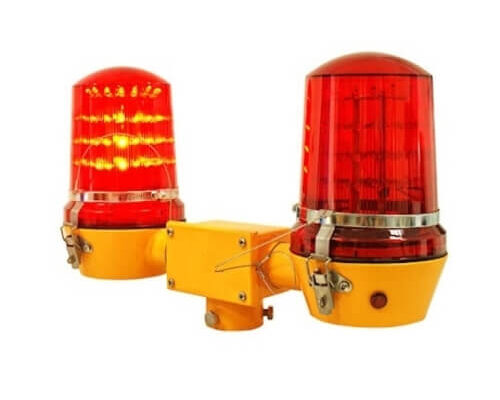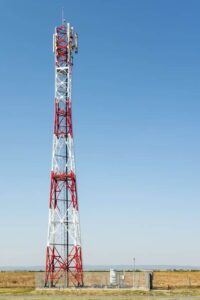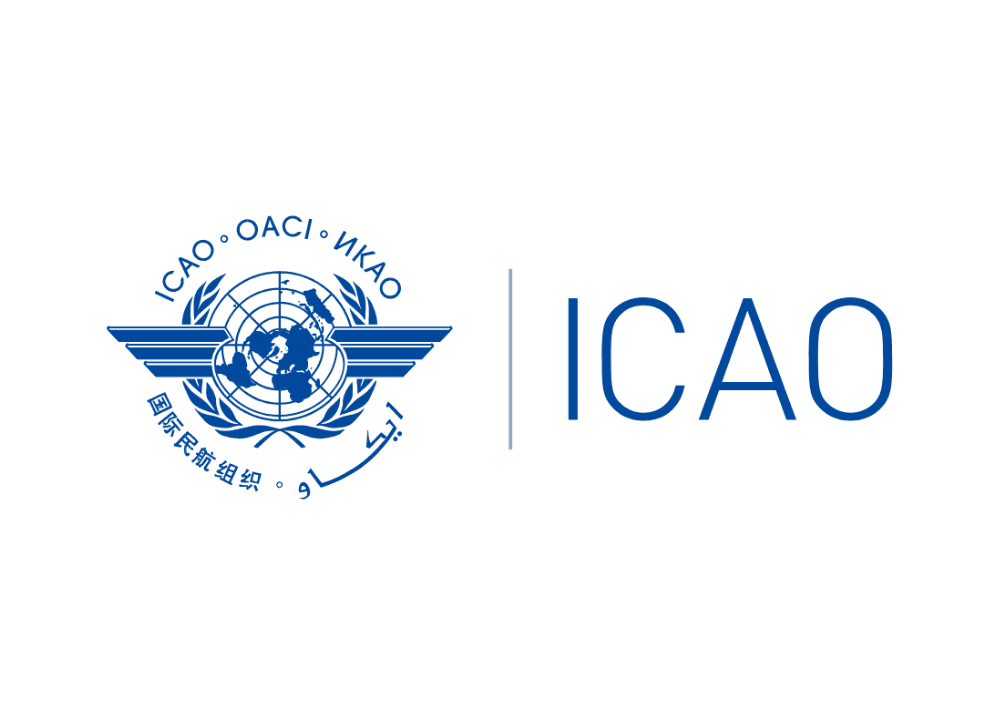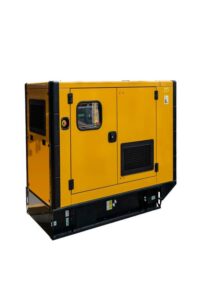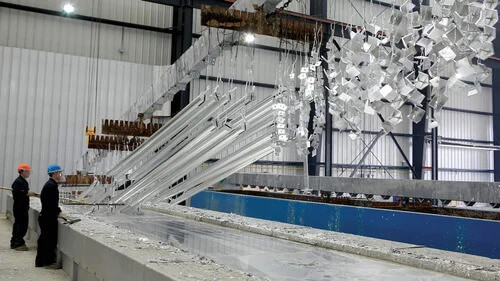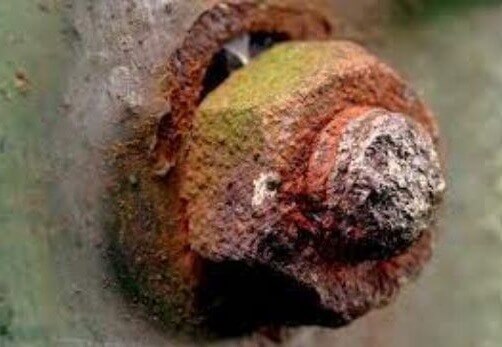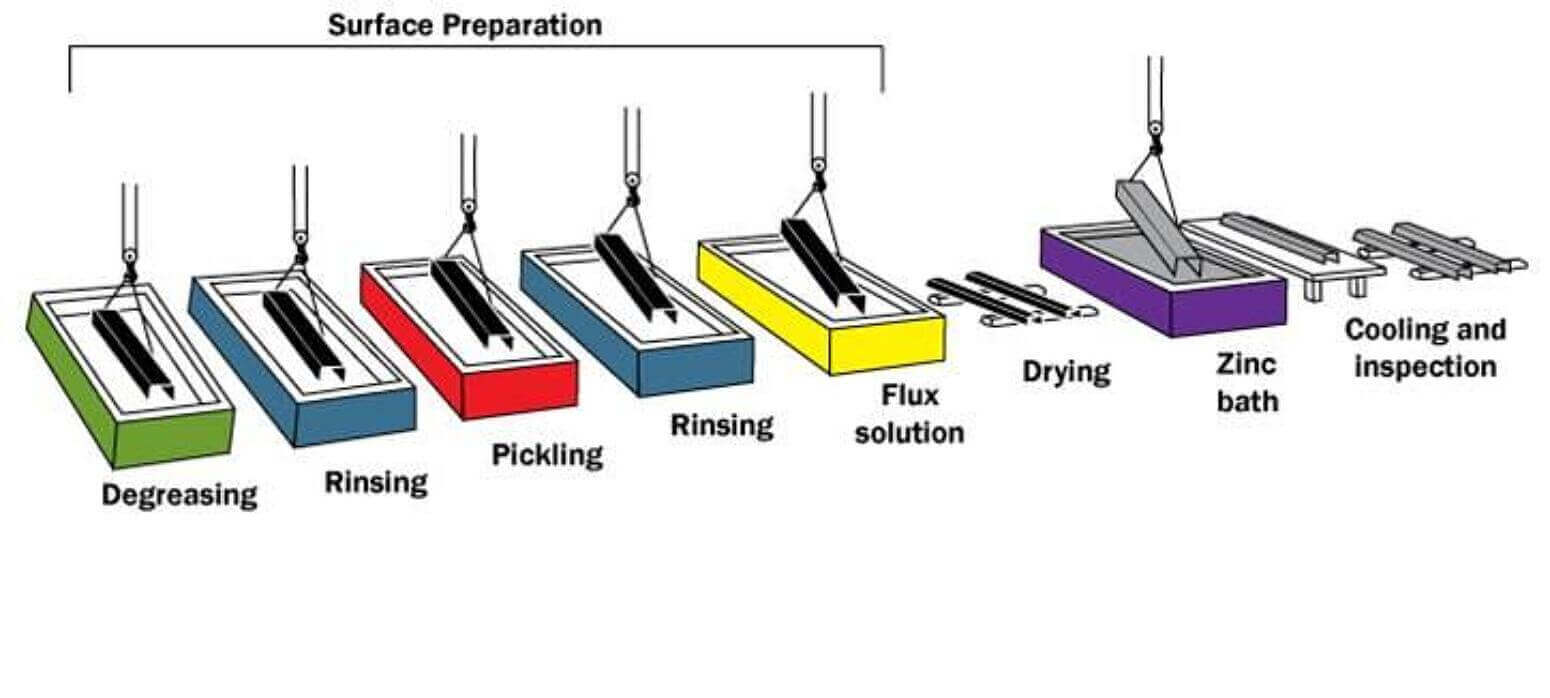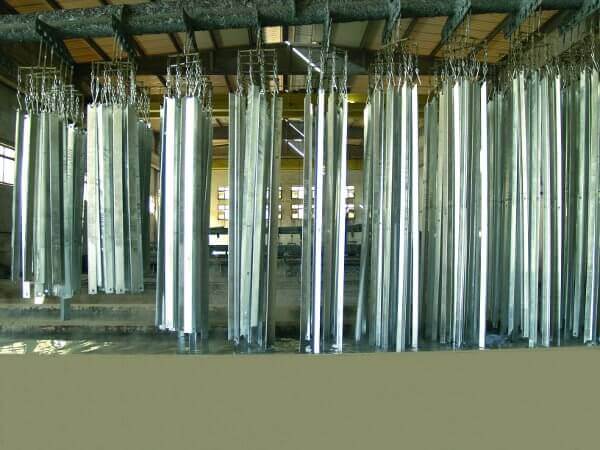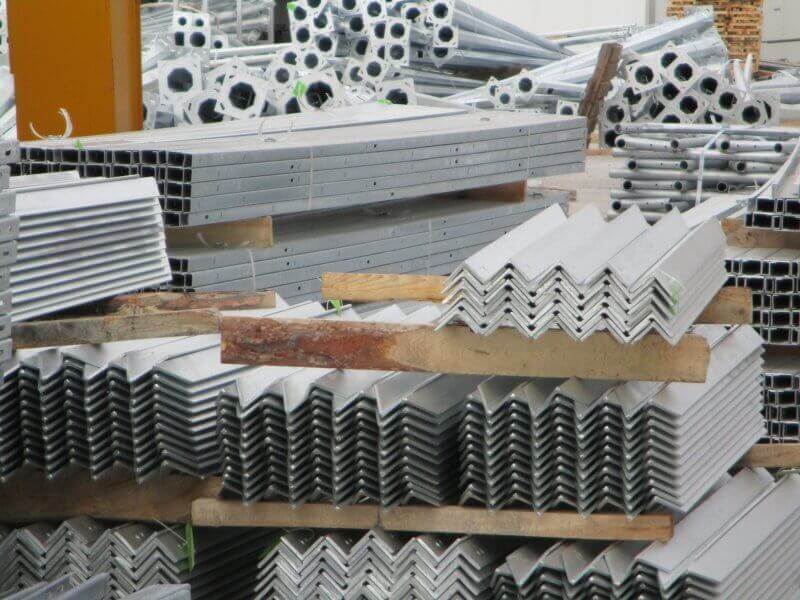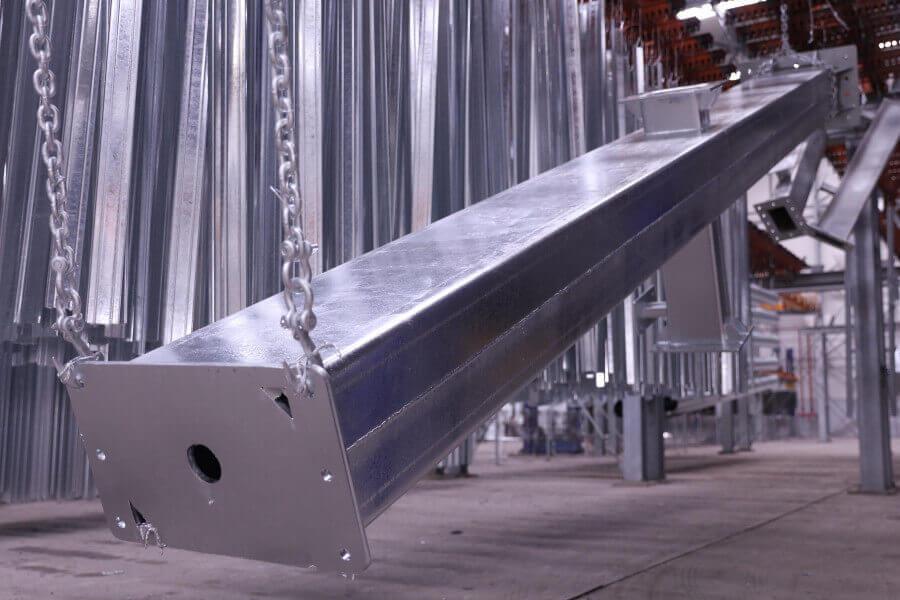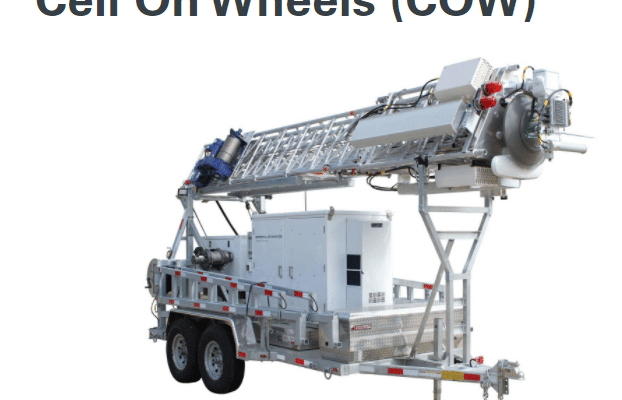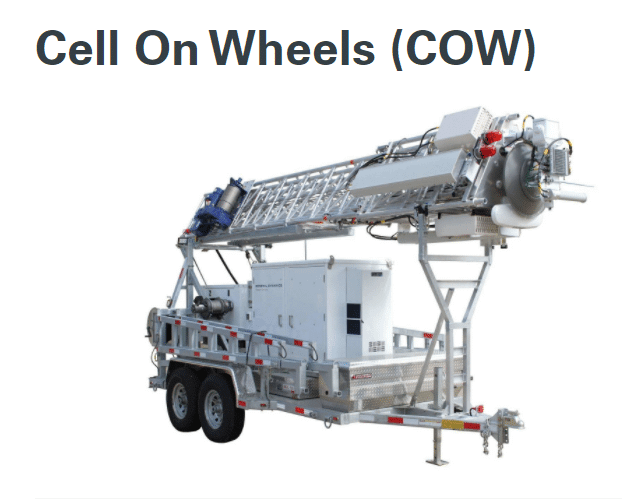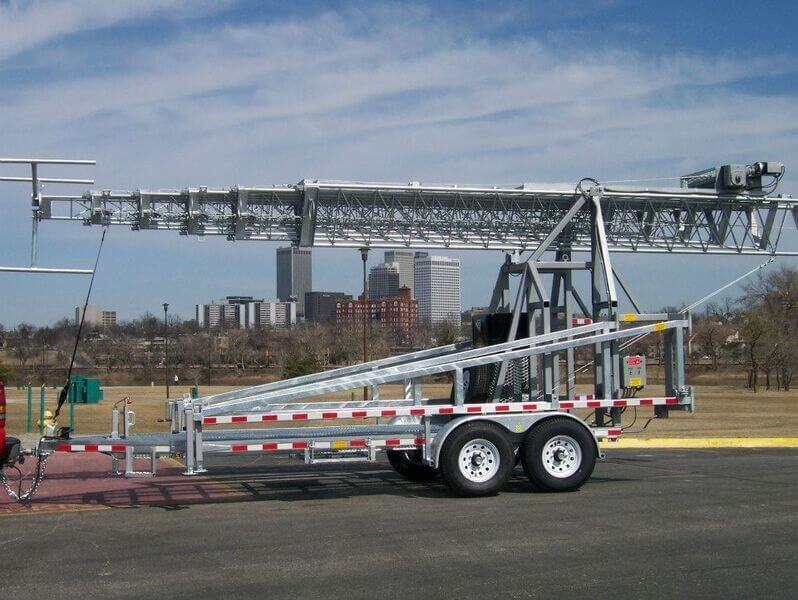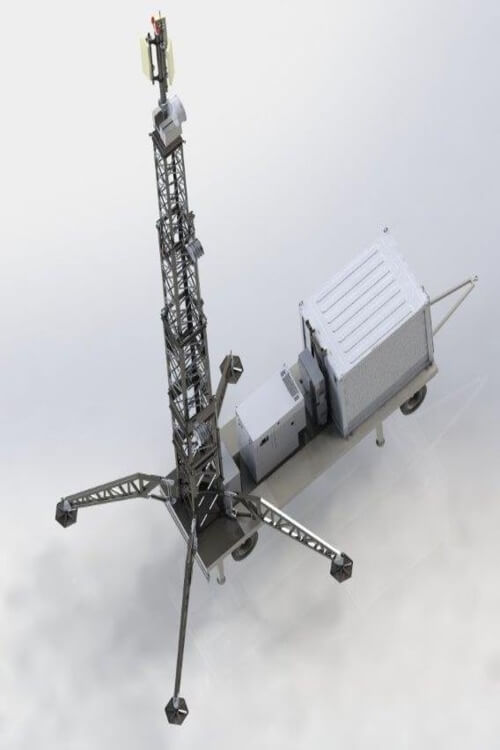Cell towers, also known as base stations, play a critical role in modern telecommunications. Cell towers enabling wireless communication across large areas.
However, several factors can influence the range and performance of a cell tower.
Also to understand these factors better, it is essential to explore the basics of cell towers, their functionality, and their components.
What is a Cell Tower?
A cell tower definition is as a tall structure designed to support antennas and other telecommunications equipment. Also these towers are strategically place on to provide wireless connectivity over specific geographical areas, known as cells.
Basically the purpose of a cell tower is to ensure seamless communication for mobile phones, devices, and other wireless systems.
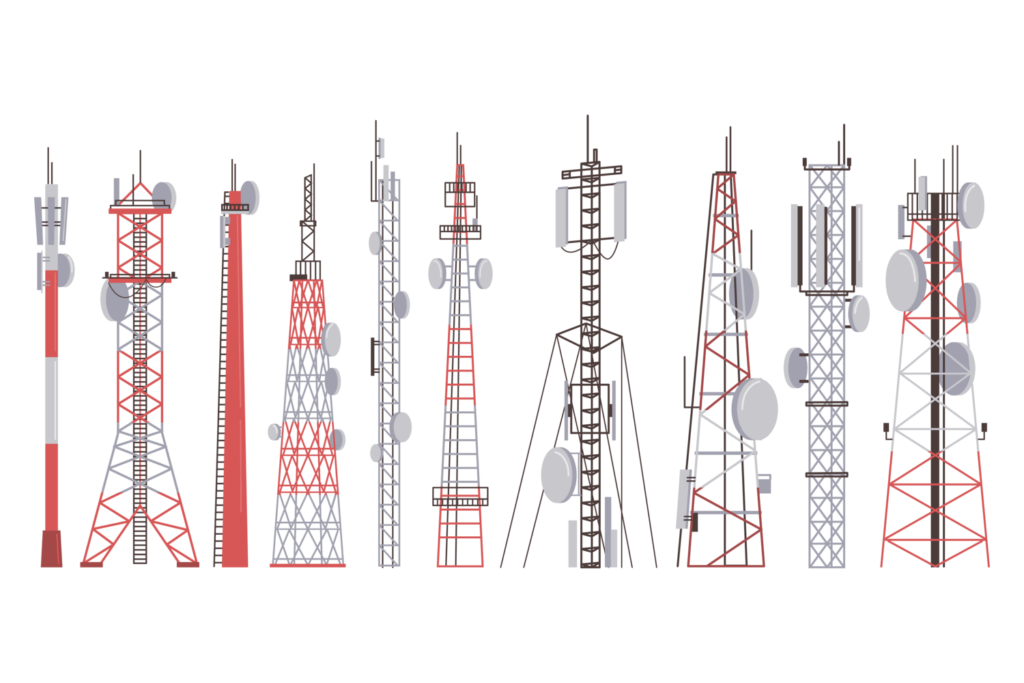

How Do Cell Towers Work?
Basically cell towers operate by transmitting and receiving radio signals. When a mobile device initiates a call, sends a text, or accesses the internet, signals are sent from the device to the nearest cell tower.
Moreover these signals are then transmitted to a central network hub, where they are routed to their destination.
Conversely, incoming signals are received by the tower and relayed back to the user’s device.
On the other hand, the process is enable through a network of interconnected towers, which ensures continuous coverage as users move from one location to another.
Parts of a Cell Tower
Cell towers consist of several key components, each of which plays a vital role in their operation.
- Tower Structure
The physical framework, often made of steel, is designed to support antennas and withstand environmental conditions. - Antennas
Antennas are use to transmit and receive radio signals. These are mounted at specific heights and orientations to maximize coverage and signal strength. - Base Transceiver Station (BTS)
The BTS contains equipment that manages communication between the cell tower and mobile devices. It processes signals and ensures efficient transmission. - Cabling and Connectors
Cables are install on to connect antennas with the BTS and other components. These cables have shield to minimize signal loss. - Power Supply
A reliable power source, often with backup systems, is essential for uninterrupted operation. - Grounding System
Generally grounding systems are include to protect the tower and equipment from lightning strikes and electrical surges. - Enclosures and Shelters
Furthermore sensitive equipment is housed in enclosures or shelters that protect it from environmental damage and unauthorized access.
- Tower Structure


Factors Affecting a Cell Tower’s Range
Several variables are known to impact the range of a cell tower:
- Terrain
Hills, mountains, and buildings can obstruct signals, reducing the tower’s effective range. Also flat, open areas typically allow for greater coverage. - Antenna Height
Higher antennas can transmit signals over longer distances, while lower installations may experience limited coverage due to obstacles. - Signal Frequency
Generally lower frequencies travel further but carry less data, whereas higher frequencies support more data but have shorter ranges. - Weather Conditions
Rain, snow, and fog can absorb or scatter signals, reducing their strength and range. - Network Congestion
Also high usage in densely populated areas can strain the network, resulting in reduced performance. - Interference
Nearby electronic devices, other towers, and natural obstacles can cause signal degradation.
Conclusion
The range of a cell tower is determined by a combination of structural, environmental, and technological factors.
Understanding the function and components of cell towers highlights their complexity and importance in providing reliable communication.
By addressing these variables, cell tower performance can be optimized to ensure seamless connectivity in a rapidly evolving digital world.
Furthermore MODSTEEL provide best optimum solution for Cell Tower Networks. Please contact us for your project demands.
